Guest post by Carly Black, Teach Mom Repeat. Thanks to veteran middle school teacher Carly for joining us to share some of her favorite tips for matching books to readers!
The anticipation for class rosters hangs in the hot humid air of summer all season long. A reading teacher’s mind continuously swirls with ideas for the incoming crop of readers, especially when we stroll through bookstores and devour the YA summer reading list. Reading teachers are always making mental book lists to pair with current or future readers. The success of perfectly matching a book to a child is what keeps our passion for teaching fueled.
As a veteran middle school teacher, I can attest to the extreme difficulty in matching books to readers successfully at this grade level. By the time they reach middle school, readers will fall into one of three categories: The Voracious Reader, The Picky Reader, or The Non-Reader. Here are my tips on how to spot each type of reader, support them, and hopefully grow them in their book choice tendencies.
The Voracious Reader
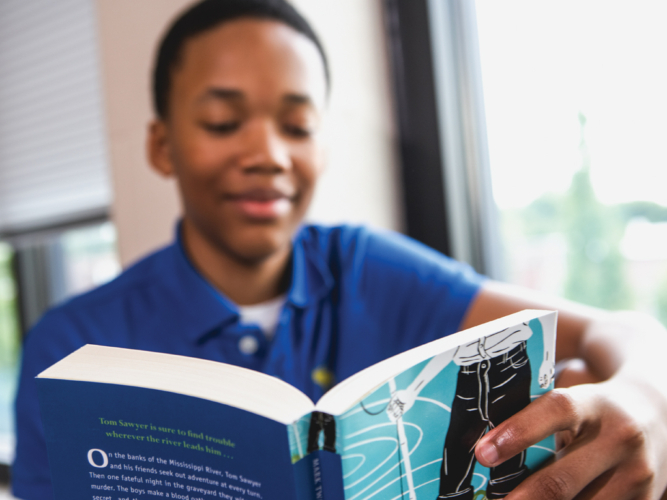 A telltale sign of the Voracious Reader is a book. They do not hide the fact that they love to read. Chances are good on the first day of school they will either have a book with them or corner you as quickly as possible to tell you about their current read. They want their reading teacher to know right away how many of your books they’ve already read, and exactly what they think about each of them.
A telltale sign of the Voracious Reader is a book. They do not hide the fact that they love to read. Chances are good on the first day of school they will either have a book with them or corner you as quickly as possible to tell you about their current read. They want their reading teacher to know right away how many of your books they’ve already read, and exactly what they think about each of them.
Take note of these students because they will become your greatest PR assets. If you want to “sell” a title to other students, let the Voracious Readers campaign first. Book talks are a great strategy and outlet for these students. I have found that handing them a newly purchased book with the explanation that, “This book looked so good I had to buy it. But I’m in the middle of one right now, would you be willing to read it and give a book talk next week?” They may come back the very next day ready to share. Don’t forget to also encourage them to write book reviews when checking books back into Booksource Classroom.
One of the best ways that you can support these students is to let them talk about reading. They are going to do it anyway! Providing them with structured time to talk books could also give you help in the management department. These are your future book club organizers. Allow them time to hone their skills when it comes to communicating about books. They will most likely need to learn the art of agreeing to disagree.
Help grow the Voracious Reader with both newly published titles and traditional titles. As a teacher, you’re eligible to sign up with NetGalley to request reader review copies of books. Any Voracious Reader would see this as an honor and take the reviewing process seriously. Provide them with a global audience through blogging and they might just find a career path aligned with their passion for books.
The Picky Reader
These readers come in two varieties: Genre Junkies and Specific Specialists. Both types of Picky Readers are ready and willing to participate in the act of reading, as long as, the book fulfills their expectations. In my experience, Genre Junkies can also be categorized as Voracious readers if it wasn’t for their tight grip on reading only books in one type of genre. I find they tend to be your kids in love with Fantasy and Science Fiction. I have also experienced a high volume of male students who gravitate towards nonfiction books, often choosing a beloved sports hero’s biography.
Hook these readers with a title in their niche at the start of the school year. Then find a book that blends their genre with another. If that goes well, the next book you offer should be a popular title from the non-favorite genre. This will hopefully walk them into a new category of books they enjoy reading. Expanding their horizons slowly has proven to be more successful than asking them to cannonball into a new pool of books.
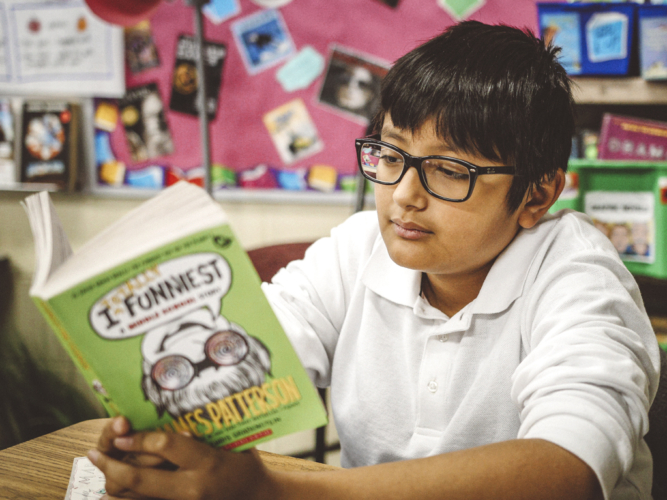
On the other hand, your Specific Specialists are really going to test your book matching skills. You’ll know these readers by their book check out patterns. They grab a book, read a little bit, then turn it back in for another one. These are, also, often converted Non-readers. It’s most likely that at some point a teacher or parent matched them with a book and they fell in love. The kind of love that grips so tight they aren’t willing to let go. This made them picky! They want the next book to still be the same book they fell in love with from the start. It transformed them and they want that experience every time.
The challenge is to find a book that has the same spark. You’ll need to ask them lots of leading questions. Start with the title of their favorite book. Then dig into what aspect of the book flamed their new passion for reading. Once you know their criteria you can begin to suggest titles with similar aspects. I find that a popular title with their criteria will often introduce them to a new love which can help you continue to lead them to other titles they truly enjoy. Now they trust you to pick books they’ll like. To help you generate ideas use the Title Recommendations section of your Teacher Home page in Booksource Classroom. There is a place to look for popular titles by grade level. Don’t be discouraged, or let them get discouraged if it takes several books before finding something they finish.
A great way to support Picky Readers is through conferencing. These readers can often have tunnel vision when reading; only looking for what they love and casting aside everything else. Helping them to appreciate all aspects of the reading can help them loosen their grip on what a book must have to be worthy of reading. Using book clubs as a teaching method is great for these kids. They need to hear what other kids fall in love with when reading. It can help them develop a more open-minded approach to book choice. Encourage them to look for 5 star reviewed books in Booksource Classroom. Maybe they’ll be swayed to read someone else’s love.
The Non-Reader
The greatest challenge for every reading teacher is to convert at least one Non-Reader into a self-proclaimed reader by the end of the school year. This is what turned me into a middle school language arts teacher. These kids will keep you up at night. There will be moments of frustration, but no matter how frustrated you may be consider the frustration they are feeling as well.
This student will most likely also let you know who they are on day one. Whether it be in writing or stated to your face while walking in the door, they will be sure that you know they “HATE READING!” My favorite comeback to this has always been about having not found their favorite book yet. But the longer I teach the more I recognize that their hate is born from their frustration with the act of reading. There cannot be joy when frustration has an overwhelming presence.
In order to support these students, you will need to find titles at their independent reading level. In your Booksource Classroom account, look for titles with the maroon circle labeled TR. The information compiled on these titles can help you match books to non-readers. Under the tab Qualitative Measures, you’ll find extremely helpful information such as Language Convention and Clarity or Demands of Prior Knowledge. Now you can determine if your Non-Reader will feel major frustration or be able to handle the reading independently. I find this descriptive information much more helpful than if I only make a choice based on a Lexile number alone.
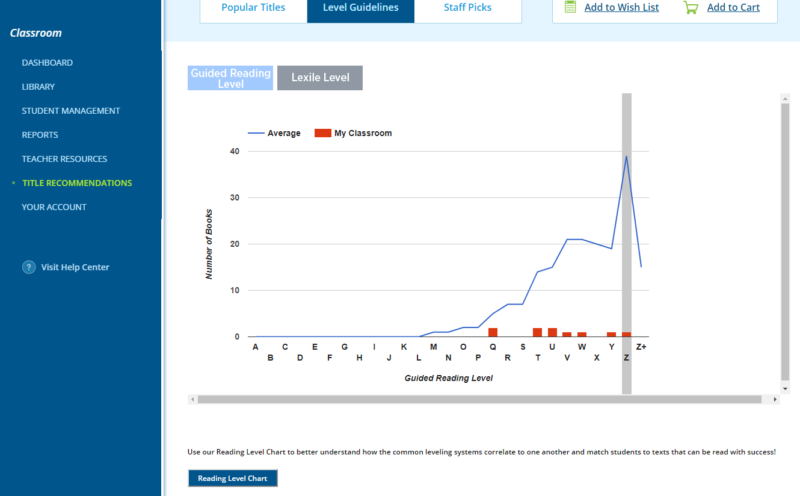
Another great tool I’ve discovered in Booksource Classroom is the Level Guidelines found under Title Recommendations. Any book that has a guided reading level noted in your library will be charted. This allows you to see what levels are present and which you will want to add to your library. If you hover on the chart it will also give you the option to click for samples. From there you can make a wish list of titles and share it with parents, friends, and family who might be willing to help build your library. This would also be a great place to build a list of titles when writing a grant for books.
Once you have the resources of books that fit your non-readers help them fall in love with reading. Let them hear from the Voracious Readers often. Encourage the Picky Readers to share how they discovered new reading territories they didn’t know existed. These will help to grow the Non-Reader’s opinion of reading.
The first week of school I like to make it my mission to learn as much as I can about my students’ reading and writing habits. There are a few activities I’ve developed to help me find each of these readers right away so I know what kind of support they are going to need from me. At the end of the day, or school year really, the goal is to have all the kids talking about the books they are reading.
About the Author:
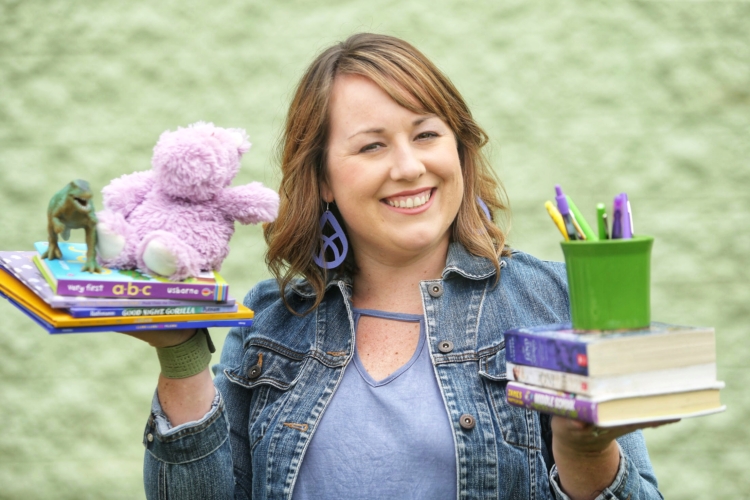
Carly Black spends her days encouraging eighth graders in Ashland, Ohio to believe reading and writing is totally cool. At night she chases toddlers with her teacher husband and in the morning repeats the process all over again. Find the lessons and ideas she uses to encourage her students and tame her toddlers on the blog www.TeachMomRepeat.com.


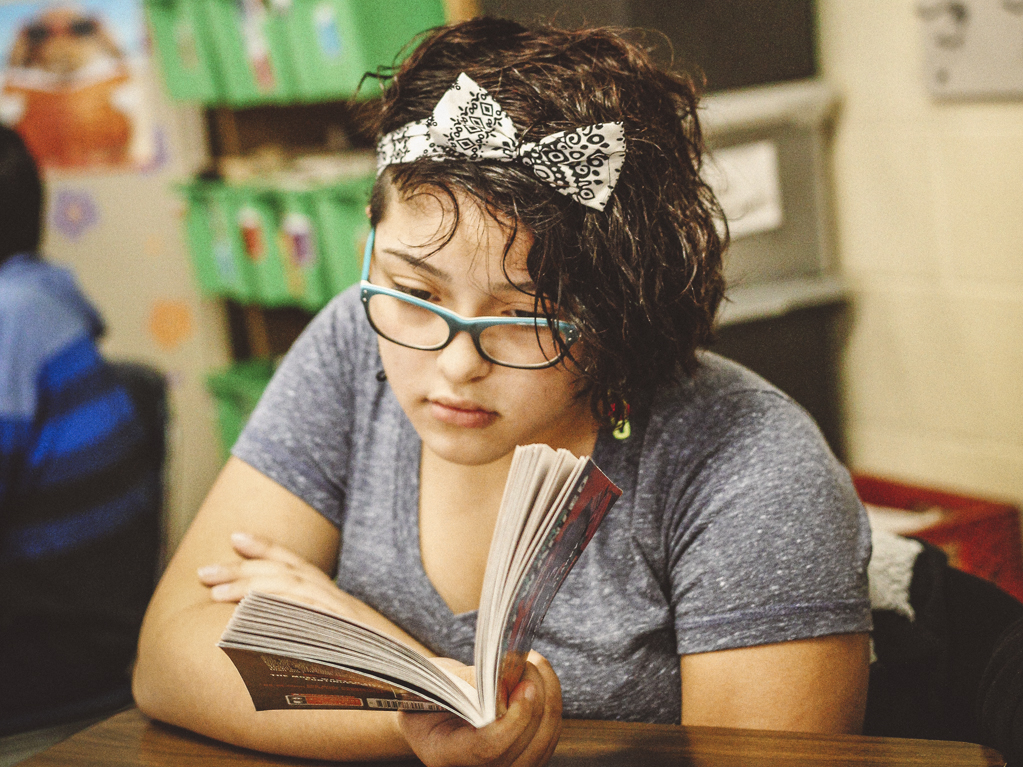
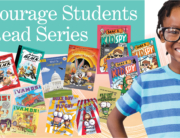

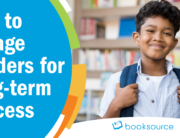

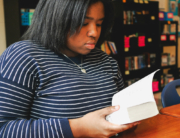
Proud of you Carly and so glad to have you and your family as neighbors! Keep up the great work you do!